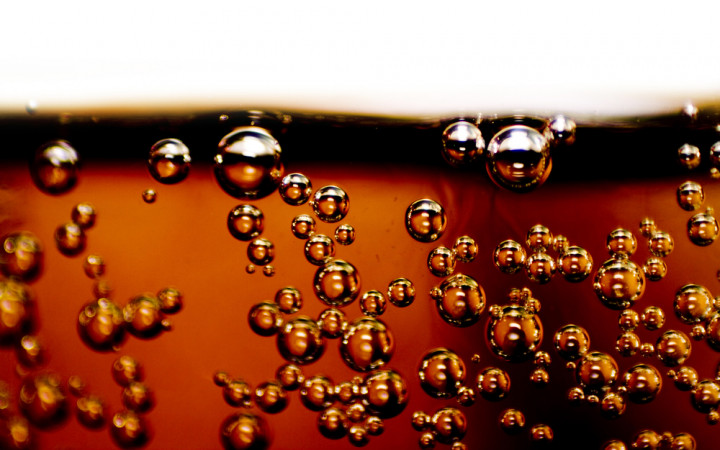Today’s Wonder of the Day was inspired by Johnathan from AL. Johnathan Wonders, “How do you make carbonated water” Thanks for WONDERing with us, Johnathan!
Ever wonder what makes drinks like soda (or is it pop?) bubbly? And why don't they stay bubbly all the time?
The secret to soda and other “bubbly" drinks is carbonation. Carbonation occurs when carbon dioxide gas — CO2 — is dissolved in water. Carbonation requires high pressure and low temperatures.
Drink makers add carbonated water to various flavorings to make the wide variety of carbonated drinks sold around the world today. When a carbonated drink is in a sealed container, such as a can or a bottle, there are few bubbles because the contents are under high pressure.
High pressure keeps the carbon dioxide that is dissolved in the water in the drink. When the bottle or can is opened, however, this pressure is reduced quickly. This allows the carbon dioxide to escape from the water and return to a gas.
When this happens, the gas carbon dioxide escapes from the liquid in the form of fizzy bubbles. The sound you hear when you pop open a soda is the sound of carbon dioxide gas molecules rushing back into the air.
When carbon dioxide is dissolved in water, it also produces a weak acid called carbonic acid. Carbonic acid gives bubbly drinks their characteristic tangy flavor that you notice is missing when, for example, a soda goes flat.
After you open a carbonated drink, carbon dioxide continues to escape from the liquid and returns to the air. Over time, most of the carbon dioxide escapes and the drink goes totally flat.
That's why you should recap soda bottles after you open them to keep the soda from going flat too soon. Recapping a soda bottle increases pressure and slows the speed with which carbon dioxide escapes.
Carbonated water has been around for a long time. Hundreds of years ago, scientists learned that it was carbon dioxide that was responsible for the bubbles in natural mineral water. In 1767, Joseph Priestly created the first drinkable man-made glass of carbonated water.
Soda fountains became popular fixtures in American pharmacies in the mid-19th century. Drinking either natural or man-made carbonated mineral water was thought to promote health. Eventually, pharmacists began to add flavorings to mineral water and the drinks we know as sodas (or pops!) soon followed.
Carbon dioxide has another unique use. You've already learned about its liquid and gas forms that exist in the process of carbonation. Carbon dioxide can also be frozen into a solid. When this happens, it's called dry ice!




